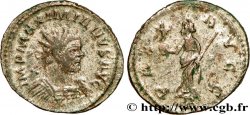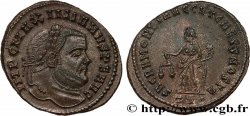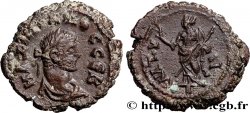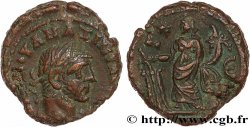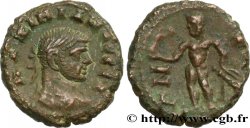v27_0280 - MAXIMIANUS HERCULIUS Aurelianus
MONNAIES 27 (2006)
Starting price : 180.00 €
Estimate : 280.00 €
unsold lot
Starting price : 180.00 €
Estimate : 280.00 €
unsold lot
Type : Aurelianus
Date: 20/11/293 - 31/12/293
Mint name / Town : Lyon
Metal : billon
Millesimal fineness : 50 ‰
Diameter : 22,5 mm
Orientation dies : 12 h.
Weight : 4,15 g.
Officine: 3e
Emission: 11e
Coments on the condition:
Exemplaire sur un flan large, légèrement décentré au droit sur la légende avec une petite faiblesse de frappe sur IMP. Frappe un peu molle au revers avec une faiblesse de frappe sur la légende. Aurelianus ayant conservé son brillant de frappe
Catalogue references :
Predigree :
Cet exemplaire provient de la trouvaille n° 1 et de ROME I, 1995, n° 109
Obverse
Obverse legend : IMP MAXIMIANVS AVG.
Obverse description : Buste radié et cuirassé de Maximien Hercule à droite, avec pan de paludamentum, vu de trois quarts en avant (B01).
Obverse translation : “Imperator Maximianus Augustus”, (L’empereur Maximien auguste).
Reverse
Reverse legend : PAX - A-VGG/ -|-// III.
Reverse description : Pax (la Paix) debout à gauche, tenant un globe nicéphore de la main droite et un long sceptre transversal de la main gauche.
Reverse translation : “Pax Augustorum”, (La Paix des augustes).
Commentary
Avec l’intégralité de son argenture. Nous n’avons pas relevé d’identité de coin pertinente.








 Report a mistake
Report a mistake Print the page
Print the page Share my selection
Share my selection Ask a question
Ask a question Consign / sell
Consign / sell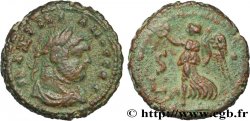
 Full data
Full data